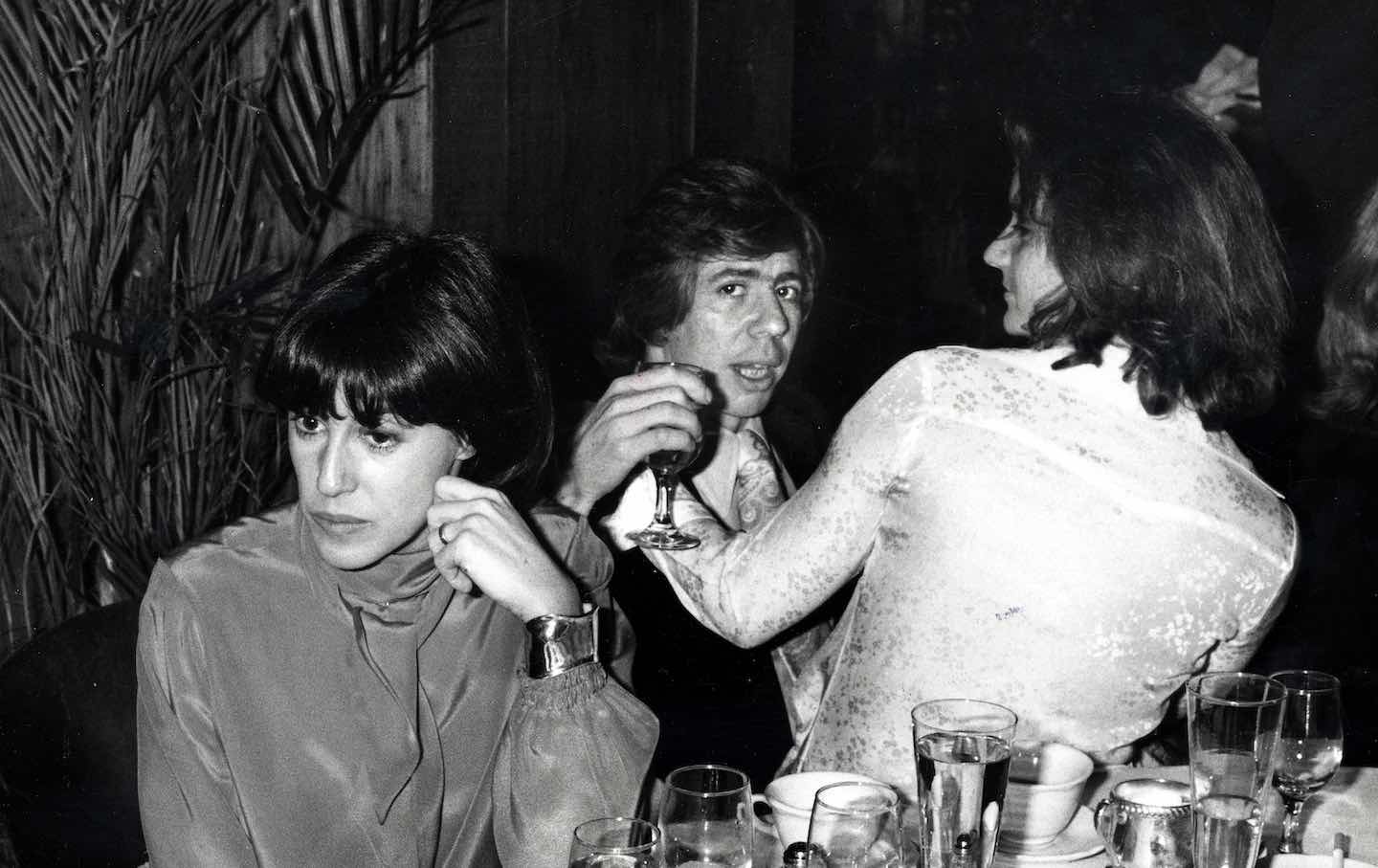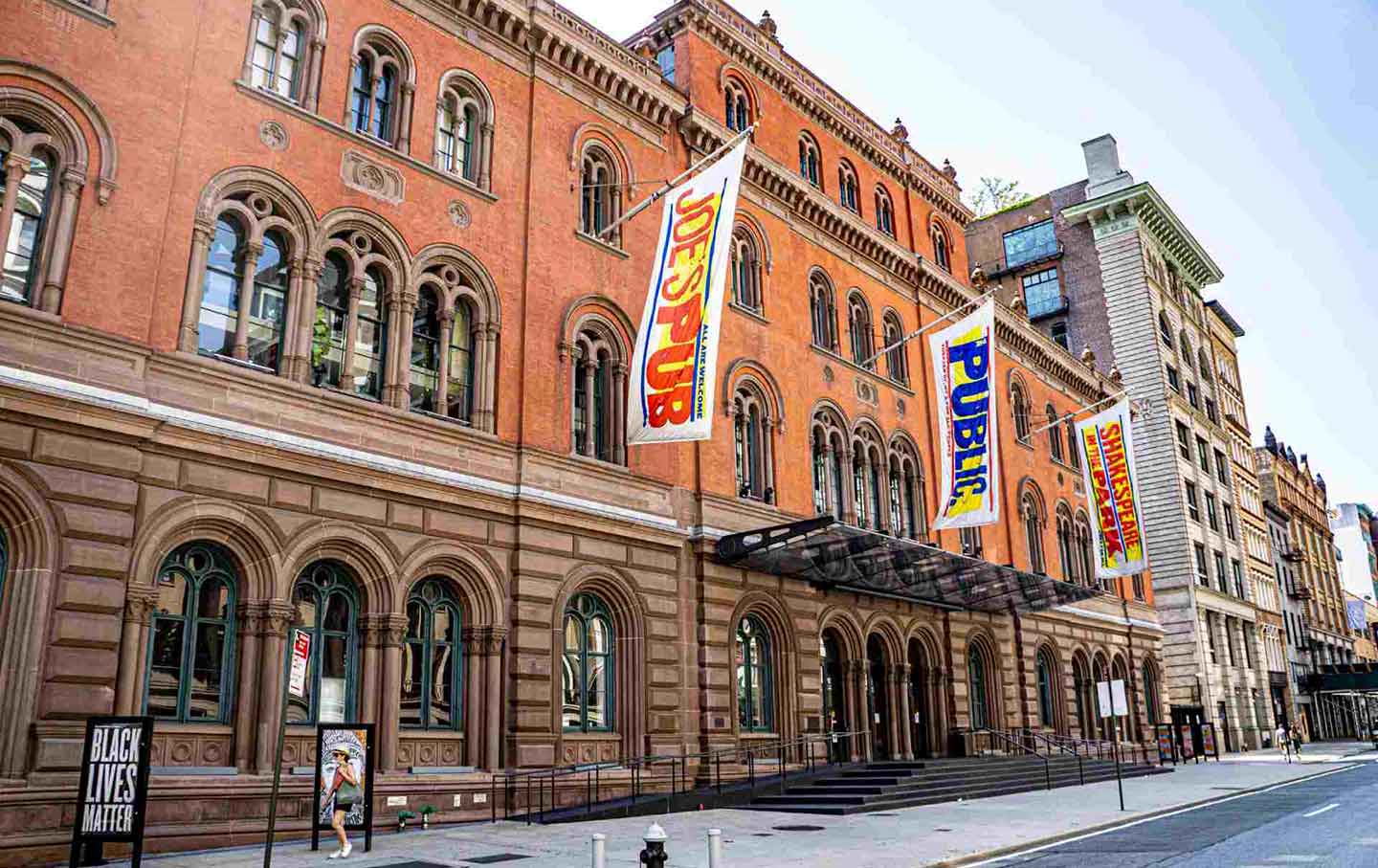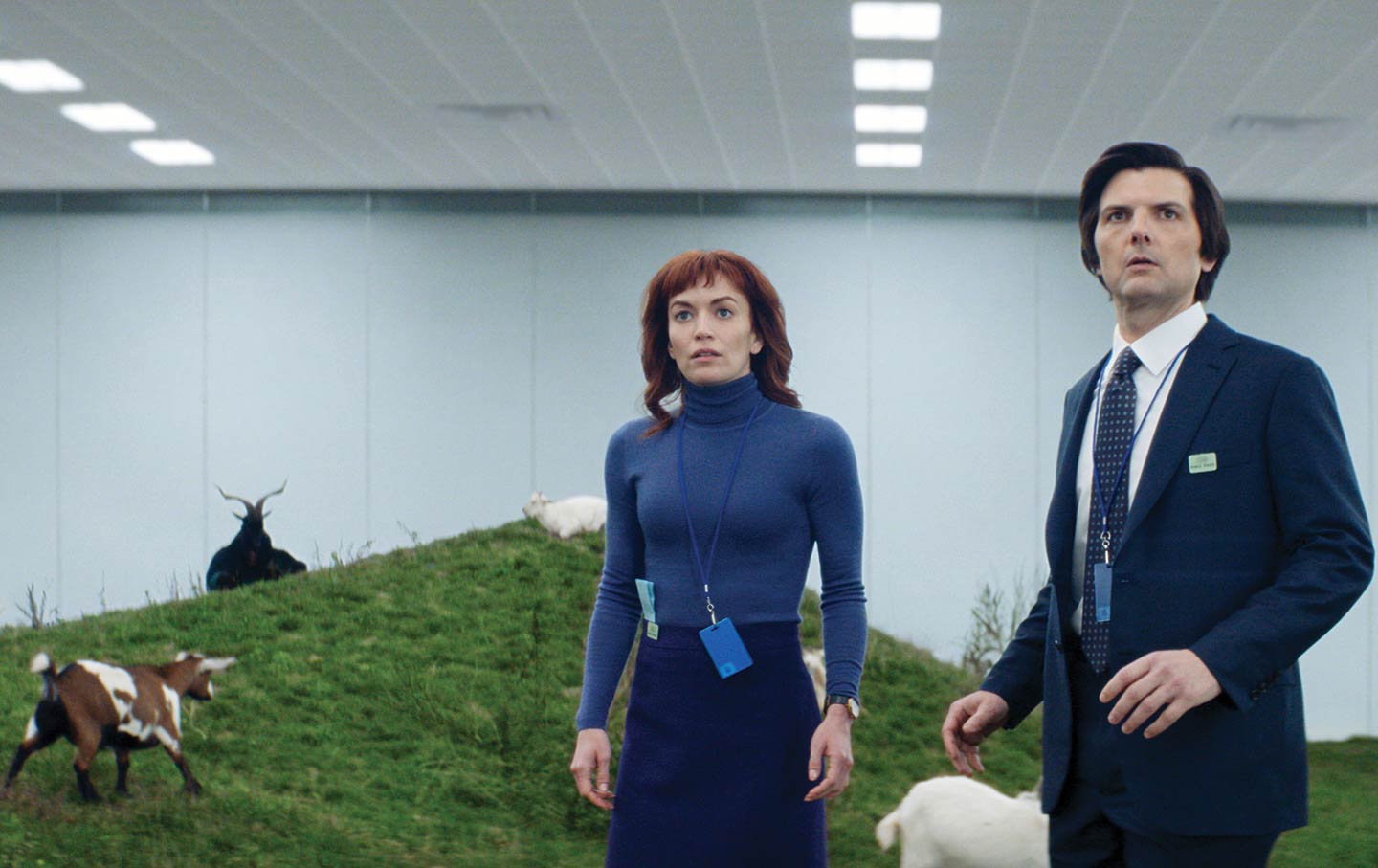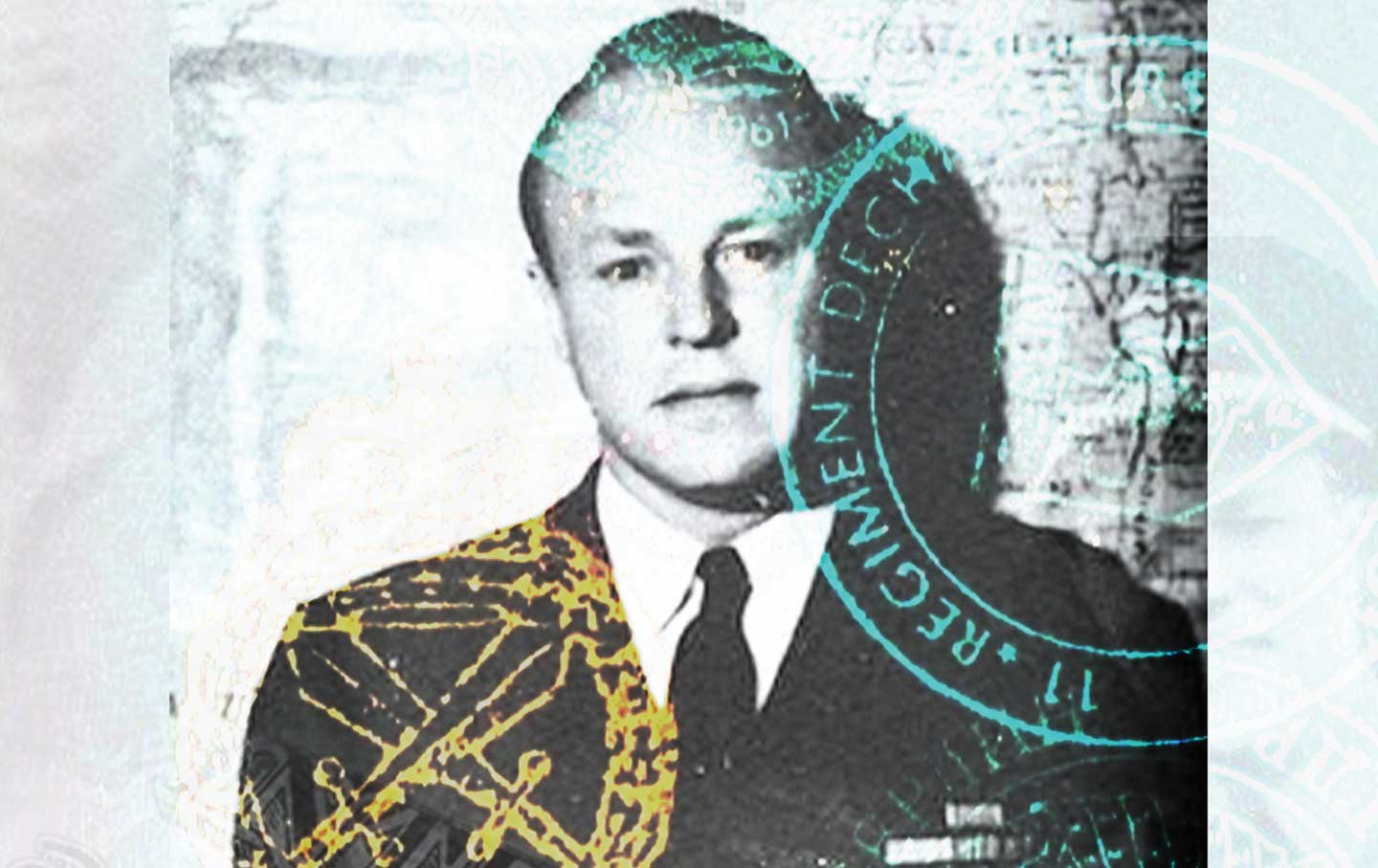Nora Ephron’s Divorce Plot
Her only novel, “Heartburn,” looked beyond the love story to uncover the limits of bourgeoisie life and marriage itself.

In Nora Ephron’s only novel, Heartburn, the narrator, Rachel Samsat, leaves her first husband, Charlie (“a lunatic who kept hamsters”), after six years of marriage. Rachel’s divorce comes at a pivotal moment in second-wave feminism: “The women’s movement went away, and so, in many cases, did their wives. Their wives went out into the world, free at last, single again, and discovered the horrible truth: that they were sellers in a buyers’ market, and that the major concrete achievement of the women’s movement in the 1970s was the Dutch treat.” In the last gasps of their divorce proceedings, Rachel and Charlie quibble over furniture while a mover sits around reading “the vaginal section” of Our Bodies, Ourselves. The message is pretty clear: Women of the dinner-party set still weren’t having it all. That isn’t a new story, and Rachel is decidedly not on the front lines of social change. As she says about the 1960s, the decade before her first divorce: “I’m always interested when people talk about the sixties in the kind of hushed tone that is meant to connote the seriousness of it all, because what I remember about the sixties was that people were constantly looking up from dessert and saying things like, ‘Whose mousse is that?’” This all comes into play as Rachel reflects on how her life has already accommodated one bad marriage during the collapse of her second, which is what the novel is mainly about.
Books in review
Heartburn
Buy this bookPublished in 1983 (and recently republished for its 40th anniversary), Heartburn is a thinly veiled roman à clef based on Ephron’s failed and infamous marriage to journalist Carl Bernstein. I say “infamous” because the 1986 movie adaptation (starring Meryl Streep and Jack Nicholson, directed by Mike Nichols) was the central subject of their separation agreement, as well as fodder for several news stories. In 1985, The Washington Post reported that Bernstein had threatened to stop production of the film based on his portrayal in the book, worried about his reputation as both a father and a journalist. The article says it all: “The book includes a number of acerbic Ephron portrayals, such as the Bernstein character (newspaper columnist Mark Feldman), described as ‘a piece of work in the sack’ who is ‘capable of having sex with a Venetian blind.’”
If Heartburn had progressed in the same way as many of the films written by Ephron (When Harry Met Sally, You’ve Got Mail, Sleepless in Seattle), Rachel would have captivated Mark so thoroughly as to keep his head from turning, possibly for life. Instead, in the pages of the novel and in reality, their marriage fails so spectacularly that it becomes the subject of gossip rags and chattering among the Washington elite. If Ephron’s best-known work revolved around the marriage plot and its many permutations, Heartburn seems to ask: What if, after Harry met Sally, he left her for a friend a year later? Or what if, after they meet on top of the Empire State Building, Annie and Sam decide they aren’t compatible?
For Rachel Samsat, the veritable happy ending of this short, taut novel is a divorce. There’s no need for spoiler alerts here, because the reader knows it’s coming the whole time: “It has a happy ending, but that’s because I insist on happy endings,” Rachel tells us. Heartburn begins with Rachel discovering that Mark, her husband of three years and the father of her children (one already born, another on the way), has been cheating on her while she is seven months pregnant. She learns of the affair when she reads an inscription from his mistress, Thelma Rice, in a children’s book gifted to her toddler, Sam. Thelma has “a neck as long as an arm and a nose as long as a thumb,” and she is rumored to be based on Margaret Jay, a Labour Party politician and now ex-wife of the former British ambassador.
The plot of the book is somewhat arbitrary, but here’s the gist: When Rachel finds out that Mark has been having an affair, she scoops up Sam, their 2-year-old, and stays at her father’s place in New York City, where she used to live. Once there, she decides to revisit an old group-therapy program that she was part of. On the subway ride there, she notices a strange man looking at her and becomes suddenly aware that she may be a target because of the sizable diamond ring (a present from Mark after Sam’s birth) that she’s wearing. This turns out to be the case: The man follows her to the session and robs everyone there of their valuables as Rachel is describing the tribulations of her husband’s adultery. After the robbery, once she’s done being interviewed by detectives, Rachel returns to her father’s apartment and finds Mark waiting for her there. He convinces her to come back to D.C. with him, which she does, while also trying to bear the pain of Thelma’s continual presence. The diamond ring is eventually recovered and returned, and Mark wonders if he can write a column about the whole thing. One day, while spying on a rendezvous between Thelma and Mark, Rachel goes into labor early: “Something was dying inside me, and he had to get out,” she says. Yet Mark does not stop seeing Thelma, even when Rachel is in the hospital recovering from the birth of their second son.
The story of Rachel and Mark’s divorce is intertwined with the story of how they fell in love as recent divorcees escaping the wreckage of their ill-fated starter marriages, with the narration moving in and out of the present. Rachel and Mark first meet at a party in Washington; she is immediately smitten, even though he’s a well-known playboy and she doesn’t believe in marriage. Nevertheless, they fall in love. Their courtship is a bit sexier than in the average Ephron screenplay, filled with bedrooms smelling of sex and the “potatoes Anna” she cooks him during their courtship (“Whenever I fall in love I begin with potatoes”). Scattered throughout the book are some non-fussy recipes from Rachel’s arsenal as a food writer: A four-minute egg, linguine alla cecca, and her famous vinaigrette whisked with vinegar, olive oil, and Grey Poupon are some of the highlights.
“Obviously I didn’t start out in life wanting to be a food writer,” Rachel muses. “These days there are probably people who do—just as there are now people who start out wanting to be film critics, God help us—but I started out wanting to be a journalist.” She’s what professional chefs would probably call a dilettante, but she makes a career out of turning food preparation into witticisms. Her writing becomes popular enough to earn her a gig hosting a cooking show on public television. Rachel is mystified that anyone would want to see her on TV, since she describes herself as odd-looking and the producers make her see a coach to fix her nervous tic of incessant blinking, but she manages to make the most of it: “How we got away with it I don’t know, except that we threw Proust and his madeleines into the opening credits, and I managed to get Isaac Bashevis Singer to make noodle kugel on the pilot.”
Food and love are “hopelessly tangled” for Rachel. Food, she believes, is the easiest way to tell a person that you love them. It’s not just about cooking, but about hunger, through which a fear of desire outside the confines of monogamy is sublimated. The natural and raw human urges for food and sex are juxtaposed with the material reality of the nuclear family: What happens, Rachel wonders, when cooking becomes the only way of saying “I love you”? The kitchen, after all, was a symbol of women’s entrapment for a whole generation (the sensual and leggy Thelma can’t even make a proper pudding). When Mark stops wanting to eat her potatoes, Rachel knows that it’s the beginning of the end. In another scene, we meet her best friend Judy, who endures her husband Arthur’s affair quietly and with shame. “You know how old you have to be before you stop wanting to fuck strangers?” Arthur asks Mark when the affair is discovered. “Dead, that’s how old.” The scene is punctured with a stomach-twisting sense of dread: Is this what all wives must face?
It’s the falling out of love that moves the narrative forward, because singledom, as Rachel quips, is where plot exists: It’s when “you meet new men, you travel alone, you learn new tricks, you read Trollope, you try sushi, you buy nightgowns, you shave your legs.” It’s the middles that are so complicated to write about—of marriages, of books. Middles, Rachel argues, may very well be the main problem of contemporary life. Her self-conscious fixation on the middle, and how a tale can be constructed from the dissolution of a marriage rather than the marriage plot, is of a piece with Heartburn’s other concerns: the constraints of the novel, of bourgeois life, and of marriage.
When their newborn son, Nathaniel, comes home, Rachel sells the diamond ring for $15,000—just enough money to walk out of her marriage, but not before throwing a key lime pie in Mark’s face at the last dinner party they attend as a couple. “Maybe we just ran out of things to renovate,” she tells her therapist, Vera. Between renovating a fixer-upper in D.C. and a country house in West Virginia, plus all the homewares and trinkets that go into a home, they’ve run out of money. “When Mark and I got married we were rich and two years later we were broke,” she says at the start of the novel. But then, of course, she finds the phone bills, and the hotel bills, and the amount he’s spent on florists while courting Thelma Rice. Rachel thinks about the wilted zinnias he brings home to her as a consolation prize, and she plucks up the courage to leave. Though the modern woman can liberate herself from the conventions of class, the novel, and love itself, she may still need a little alimony. And, perhaps, a sizable diamond ring.
Support independent journalism that exposes oligarchs and profiteers
Donald Trump’s cruel and chaotic second term is just getting started. In his first month back in office, Trump and his lackey Elon Musk (or is it the other way around?) have proven that nothing is safe from sacrifice at the altar of unchecked power and riches.
Only robust independent journalism can cut through the noise and offer clear-eyed reporting and analysis based on principle and conscience. That’s what The Nation has done for 160 years and that’s what we’re doing now.
Our independent journalism doesn’t allow injustice to go unnoticed or unchallenged—nor will we abandon hope for a better world. Our writers, editors, and fact-checkers are working relentlessly to keep you informed and empowered when so much of the media fails to do so out of credulity, fear, or fealty.
The Nation has seen unprecedented times before. We draw strength and guidance from our history of principled progressive journalism in times of crisis, and we are committed to continuing this legacy today.
We’re aiming to raise $25,000 during our Spring Fundraising Campaign to ensure that we have the resources to expose the oligarchs and profiteers attempting to loot our republic. Stand for bold independent journalism and donate to support The Nation today.
Onward,
Katrina vanden Heuvel
Editorial Director and Publisher, The Nation








